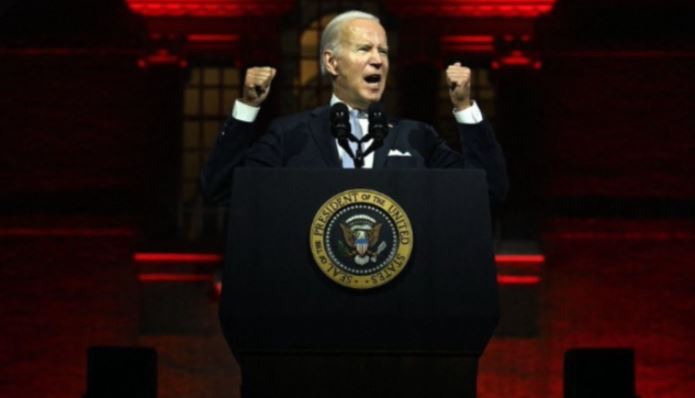
September 19 marks the sixth month of the Reykjavik volcanic eruption that continues to mesmerize spectators in the area, making it the longest that Iceland has witnessed in over 50 years.
Lava first spewed out of a fissure close to Mount Fagradalsfjall on March 19 in the Geldingadalir region of the Reykjanes peninsula, southwest of Reykjavik. The eruption, which ranges from a slow trickle of lava to more dramatic geyser-like spurts of rocks and stones, has become a major tourist attraction that has since drawn around 300,000 visitors, as per the Iceland Tourist Board. Some of these visitors were even seen grilling food on the scorching crust of magma to soak up the experience.
The sixth volcanic eruption in Iceland in 20 years, this event is already longer than the preceding one in Holuhraun, which lasted from August 2014 to February 2015. According to volcanologist Thorvaldur Thordarson, six months is a reasonably long eruption.
He compared the lava flow to that of the Pu'u 'O'o eruption in Hawaii in 1983, which continued to erupt for 35 years. "It could end tomorrow or it could still be going in a few decades."
The lava field, christened "Fagradalshraun" or "beautiful valley of lava" takes its name from the nearby Mount Fagradalsfjall.
The eruption has already spewed out almost 143 million cubic meters of lava. But despite the large number, it is actually comparatively small, representing only a tenth of the volume of the Holuhraun eruption, which spewed the biggest basalt lava flow in Iceland in 230 years.
The latest eruption is "special" in a sense because of its relatively slow, but strong outflow.
"The usual behavior that we know from volcanoes in Iceland is that they start really active and pour out lava, and then the outflow sort of decreases over time until it stops," said Halldor Geirsson, a geophysicist at the Institute of Earth Science.
Iceland's longest eruption took place on Surtsey island over 50 years ago and lasted nearly four years from 1963 to 1967. (Related: At least 700 tremors recorded off La Palma, Spain: New magma may be rising, warn experts.)
No end in sight for eruption
After subsiding for nine days, the lava at Fagradlshraun reappeared in September, when it started spurting red-hot from the cater, accompanied by a powerful plume of smoke. The lava also accumulated in fiery tunnels beneath the mountain's solidified surface, forming pockets that eventually unfurled like waves on the shore.
Ten fissures opened up in the first month, forming seven small craters. Two of them are still visible, though only one crater, measuring 334 meters, is still active.
The volcano has showed no signs of stopping soon. "There seems to be still enough magma from whatever reservoir the eruption is tapping. So it could go on for a long time," Geirsson said.
The Geldingadalur eruption provides signs that the volcano is reawakening, according to Dave McGarvie, a volcanologist from Lancaster University. It provides an unprecedented opportunity to study the long-term volcanic activity of southwest Iceland, and scientists are looking to find clues as to why the peninsula flares up just once every eight centuries.
Based on the geological history of the region and the studies concerning somewhat similar eruptions in Iceland, another eruption from a different fissure is a distinct possibility, but it could transpire from weeks to months from the initial explosion.
The possibility of future eruptions is also underscored by the fact that the type of seismic shaking leading up to the March eruption has happened in the past few thousand years. There had been historical accounts and layers of ancient volcanic rock suggesting that each time the area experiences a significant increase in earthquakes, it can culminate in several decades of eruption from fissure to fissure all over Iceland.
The relatively safe eruption that is occurring now thus provides opportunities for scientists and emergency managers to prepare for possible bursts of lava.
Read more about volcanoes and their unusual behaviors at Environ.news.
Sources include:
Please contact us for more information.





















